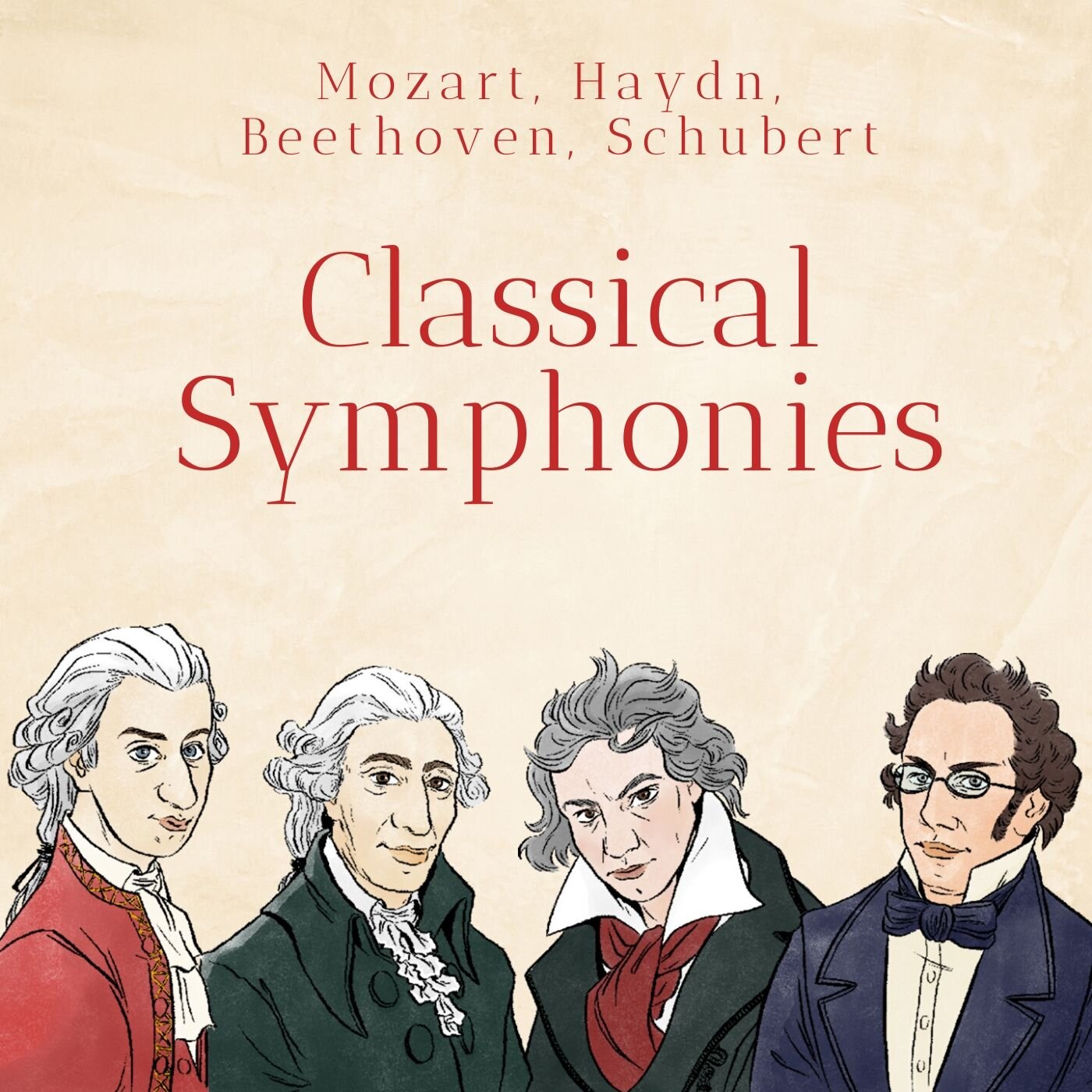Adventures with Beethoven
Scene Two
Vienna’s Composer Scene – Haydn, Mozart, and Beethoven (and Schubert, too)
Joseph Haydn Playing Quartets – anonymous before 1790, StaatsMuseum, Vienna, from Wikipedia
Vienna was the center of musical life in Europe in the late 1700s and early 1800s. The most famous composers of the Classical period all lived and worked in Vienna during their careers. Franz Joseph Haydn, Wolfgang Amadeus Mozart, Ludwig van Beethoven, and Franz Schubert all helped define not only the classical style but also the genres in which they wrote.
Haydn is considered the father of the symphony and the string quartet. He standardized the form of both of the genres for the generations of composer who followed. Haydn also used motivic development, he could take a simple musical phrase, sometimes only a few notes, and through inventive manipulations could make something simple the basis of an entire symphony.
Mozart spent his childhood years traveling across Europe performing for royalty and nobility. As he grew older, he longed for a permanent position (or job) that would recognize his talent. Although Mozart never achieved the positions he hoped to, he had huge triumphs in the concert hall and on stage in Vienna drawing more attention to Vienna’s musical scene.
Beethoven travelled to Vienna as a young man after having met Haydn in Bonn and in the hopes of meeting Mozart. Family issues forced Beethoven to return home, leaving us with the unanswered question of whether Beethoven ever did meet Mozart. By the time Beethoven was able to return to Vienna permanently, Mozart had died. Beethoven did know Haydn and took lessons from him. Beethoven took the idea of motivic development and took it further utilizing a handful of simple melodies and ideas as the basis for entire symphonies.
Schubert was the only Vienna native. The youngest of this group, Schubert’s experiences with patronage were far different. Haydn worked for one noble family for almost his entire career, living at the family’s estate and writing the music that they wanted. By Schubert’s time, this kind of patronage was extremely uncommon and the middle classes were buying music and performing it at home instead. These evenings, called “Schubertiads”, were gatherings to sing Schubert’s songs that were new and different and full of exciting imagery.
These four composers transformed music in the Classical period in different ways while largely working in or near the same city, Vienna, during their creative periods.
Vienna had long been a center of musical activity and innovation in Europe. From 1750 to 1838, more than a seventy-five year span, four of the greatest composers in western music all lived and worked there. Although they were not all in Vienna at the same time, they all influenced each other’s music in a variety of ways and held each other in high esteem.
Mozart, Haydn, Beethoven, Schubert – cover for Classical Symphonies collection, Halidon Music
Follow these links or continue to learn more about Beethoven’s musical contemporaries who influenced or were influenced by his music and were part of Vienna’s composer scene during the late 1700s and early 1800s.
The Mozarts - Wolfgang and Nannerl
Note on currency of the era: Florins were the common currency throughout the Holy Roman Empire during this period (mid-1700s to mid-1800s). Gulden was another commonly used term. It is very difficult to come up with monetary equivalents for the salaries of the day for a variety of reasons. Depending on which model you choose, one florin is estimated to be worth anywhere from $25 to $200 in today’s dollars. For the figures in this document, a middle number was used with one florin equal to $140. In general, Beethoven, Mozart, and Haydn made relatively good salaries and would have been considered fairly well off. In the case of Schubert, there are no salaries listed and he quite often relied on the charity of friends.


